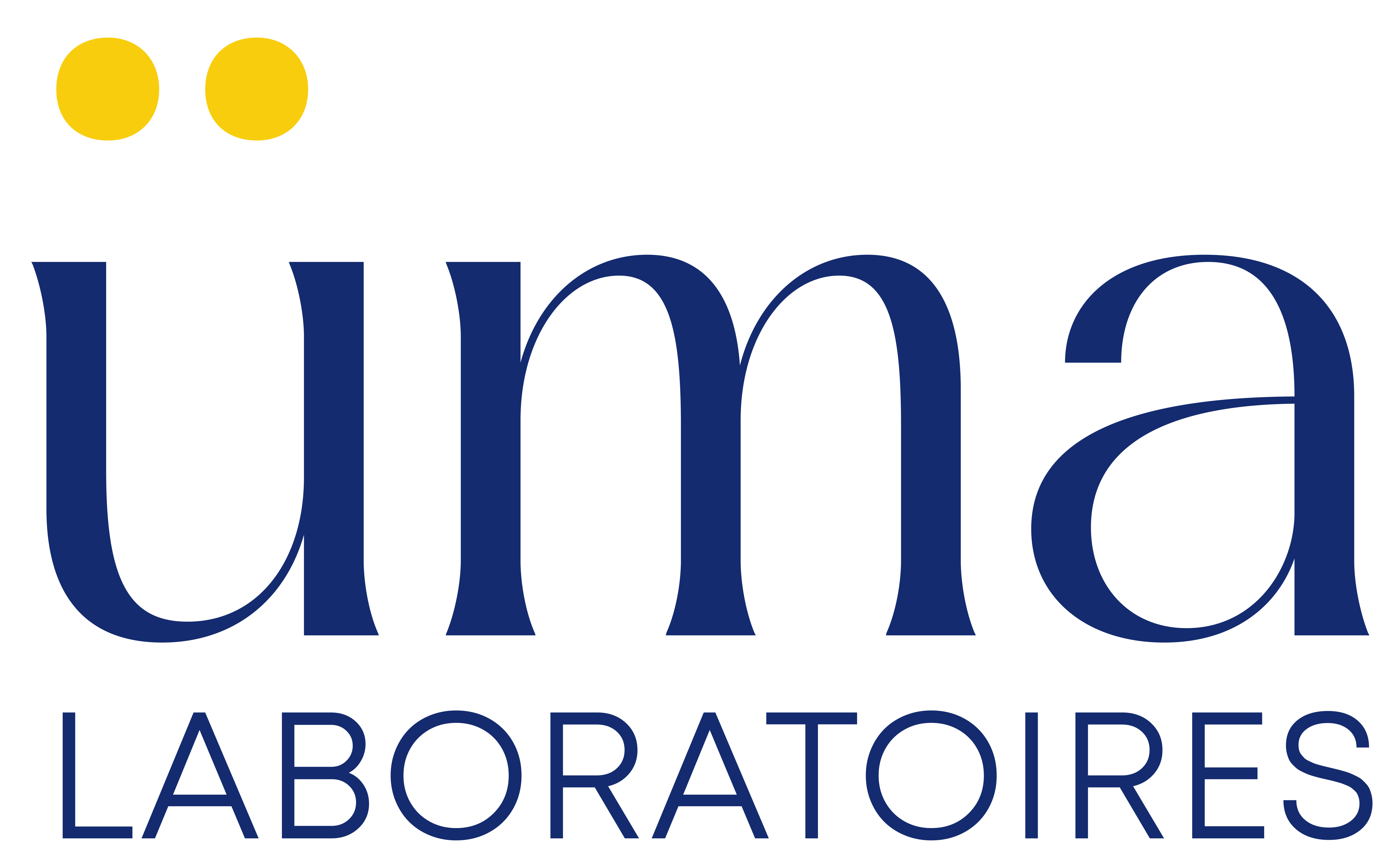Massage is a natural method to reduce joint pain and improve mobility. Here are the essential points to remember:
-
Main Benefits:
- Improves blood circulation and tissue oxygenation.
- Stimulate synovial fluid production for better mobility.
- Releases endorphins, naturally reducing pain.
-
Effective Techniques:
- Swedish massage: Effleurage and kneading to stimulate circulation.
- Deep massage: Firm pressure to relieve chronic pain.
- Trigger points: Targeted pressure to reduce specific tensions.
-
Self-massage:
- Use rollers or balls to massage the quadriceps, calves, and thighs.
- Practice a gentle lymphatic drainage to reduce inflammation.
-
Complementary products:
- Arnica or capsaicin creams to relieve pain.
- Supplements like collagen or glucosamine to support the joints.
Warning: Avoid massage in cases of acute inflammation, recent surgery, or other contraindications. Consult a professional if necessary.
Summary table of massage techniques
| Technique | Main objective | Recommended pressure |
|---|---|---|
| Swedish massage | Improve traffic flow | Light to moderate |
| Deep Massage | Relieve persistent pain | Medium to high |
| Trigger Points | Reduce localized pain | Farm |
| Self-massage | Relax and reduce inflammation | Sweet |
Massage, combined with natural products and adapted techniques, can be a valuable tool for soothing your joints.
How to self-massage to relieve pain
5 Main Massage Methods for the Joints
These specific techniques can help improve mobility and alleviate joint pain naturally.
Swedish Massage: Promote Circulation
Swedish massage uses gentle and consistent movements to stimulate blood circulation around the joints. Two main techniques are often employed:
- Effleurage: long and light movements
- Pétrissage: deeper manipulations of the tissues
For best results, always perform the movements toward the heart. For example, to relieve a sore knee, massage from the ankle to the thigh.
| Technique | Pressure | Advantages |
|---|---|---|
| Stroke | Light to moderate | Improves circulation and reduces swelling |
| Kneading | Average | Relaxes the muscles and stimulates circulation |
For more intense pain, consider a more targeted approach.
Deep Massage: Relieve Persistent Pain
For chronic pain, deep massage can be an effective option. This method involves applying firm pressure using the elbows, fists, or forearms to:
- Release muscle tension
- Reduce adhesions in tissues
- Improve joint flexibility
Trigger Point Technique: Targeted Pain Reduction
This is how to proceed with this method:
- Locate the sensitive points.
- Apply firm pressure for 30 to 90 seconds.
- Slowly release the pressure.
Let's take the example of the knee: a therapist can work on the trigger points of the quadriceps, located about 10 to 15 centimeters above the kneecap. This method can effectively reduce the pain experienced in the joint.
Important note: If you suffer from acute pain or marked inflammation, consult a health professional before trying these massage techniques.
At-Home Massage: Self-Massage Techniques
Simple tips for practicing self-massage at home.
Using Massage Rollers and Balls
To ease pain related to knee arthritis, try a foam roller. Lie down with your leg extended, place the roller under your thigh, and slowly roll it from the top of your knee to your thigh. Repeat this movement 10 to 15 times. For the calves, roll the cylinder from your ankle up to your knee.
| Massage area | Recommended duration | Frequency |
|---|---|---|
| Quadriceps | 30-60 seconds | 2-3 times a day |
| Calves | 30-60 seconds | 2-3 times a day |
| Thighs | 30-60 seconds | 2-3 times a day |
Simple Lymphatic Drainage
Practice gentle and regular movements for about 10 minutes, 2 to 3 times a day:
- Ascending Movements: Slide your hands from the knee to the groin with slight pressure.
- Delicate circles: Gently massage around the joint.
- Gentle pumping: Apply light, rhythmic pressure on the thigh.
Once finished, add stretches to extend the effects of the massage.
Additional Stretching
To enhance the benefits of the massage, perform light stretches after warming up your muscles. These movements help relax the tissues and improve circulation.
Attention: Avoid massaging an inflamed area and stick to circular motions. If the pain intensifies, stop immediately. Begin with short sessions of 5 to 10 minutes to assess your tolerance.
For better comfort, apply natural oils such as arnica or coconut oil. These products are known for their soothing effects, but first test them on a small area of skin.
Natural Products to Use with the Massage
Arnica and Capsaicin Creams
Arnica and capsaicin can enhance the benefits of massages for the joints. Arnica, derived from the plant Arnica montana, is known for its anti-inflammatory properties. Research published in Rheumatology International revealed that an arnica gel, applied twice a day for 6 weeks, reduced pain and stiffness while improving hand mobility in 204 patients with osteoarthritis[1].
How to use it:
- Apply a small amount of arnica cream to the affected area. Perform gentle circular movements. You can repeat the application every 3 to 4 hours if necessary.
Capsaicin, on the other hand, works by reducing the sensation of pain. Start with a concentration of 0.025% and gradually increase if needed. Apply it 3 to 4 times a day for optimal results.
Supplements for Joint Support
In addition to external treatments, some dietary supplements can help maintain healthy joints. For example, the Reneva® formula from Laboratoires üma combines natural ingredients to support mobility and strengthen bones.
Here are some supplements commonly used for joints:
| Complement | Advantages |
|---|---|
| Marine collagen | Helps maintain healthy cartilage |
| Glucosamine | Promotes cartilage regeneration |
| Chondroitin | Helps preserve the flexibility of joints |
Note: Before using these products, perform a patch test for creams and consult a healthcare professional before taking supplements, especially if you are undergoing medical treatment.
Safety Advice and Warning Signs
When to Avoid Massage
Certain situations render joint massage inadvisable. A 2018 study conducted at the Tufts Medical Center revealed that 63% of patients suffering from knee osteoarthritis experienced improvement after massage sessions. However, there are cases where the massage can worsen the situation.
Conditions requiring the avoidance of massage:
| Condition | reason |
|---|---|
| Active inflammation | Risk of deterioration |
| Recent surgery | Wait 6 to 8 weeks |
| Severe osteoporosis | Risk of fracture |
| Venous thrombosis | Risk of displacement |
| Skin infection | Risk of spread |
Advice for the Massage of Fragile Joints
For sensitive joints, it is essential to adapt massage techniques to avoid any discomfort or damage:
- Use light pressure (not exceeding 4/10 on an intensity scale).
- Favor slow and controlled movements.
- Limit each session to 15–20 minutes per affected area.
- Use supports such as cushions or towels to ensure comfortable positioning.
- Heat the area before the massage to relax the muscle tissues.
Signs indicating the immediate cessation of the massage:
- Intense or persistent pain.
- Sudden appearance of swellings.
- Numbness or tingling sensations.
- Unusual or excessive redness of the skin.
Studies show that moderate pressure can reduce pain by 20% in people suffering from osteoarthritis. For those with rheumatoid arthritis, it is crucial to avoid massage during acute inflammatory phases. In these cases, favor very gentle techniques focused on relaxation and stress reduction, rather than on mechanical manipulation of the joints.
These measures allow for the safe and effective integration of massage into an overall coordinated care plan.
Conclusion: Integrate massage into joint care
Massage techniques may play an important role in relieving joint pain. A study published in the Journal of General Internal Medicine revealed that massage therapy reduced osteoarthritis-related pain by 43%, compared to 20% in the control group[1]. These figures highlight the value of a comprehensive approach.
To maximize the benefits, combine different massage techniques with suitable natural products. For example, supplements such as Reneva® from Laboratoires üma can enhance the effects of massages.
Some essential points for an effective massage routine:
- Practice 1 to 2 massage sessions per week.
- Start with gentle movements to prepare the joints.
- Perform circular movements to stimulate the area.
- Apply a heat source before the massage to relax the tissues.
- Please ensure that any contraindications are observed.
By incorporating massage into a broader approach that includes specific products and tailored health habits, it is possible to enhance both the comfort and mobility of the joints in a sustainable and safe manner.
Frequently Asked Questions
How to massage the knee to drain fluid in case of osteoarthritis?
Lymphatic massage can be an effective method to reduce fluid buildup in knees affected by arthritis. Here is a simple and detailed approach.
-
Preparation
Sit comfortably with your leg elevated, apply a massage oil or cream, and start with gentle strokes. -
Drainage Technique
Perform light circular movements around the kneecap. Then, apply light pressure while moving upward from the ankle to the hip, ensuring that the pressure remains constant yet gentle.
According to a study published in the Journal of Physical Therapy Science, a 15-minute lymphatic massage, performed 5 times a week for 2 weeks, resulted in an average reduction of 1.3 cm in knee circumference in arthritic patients[1].
Important Precautions
- Do not massage directly on the kneecap.
- Stop immediately if pain occurs.
- Avoid massages in cases of acute inflammation and consult a healthcare professional before starting.
Tips for better results
- Practice the massage for 10 to 15 minutes, once or twice a day.
- Maintain good hydration.
- Combine this method with appropriate light exercises.
- Consider using diluted essential oils such as lavender or eucalyptus.
These techniques can be integrated into a comprehensive approach to relieve joint pain associated with osteoarthritis.






